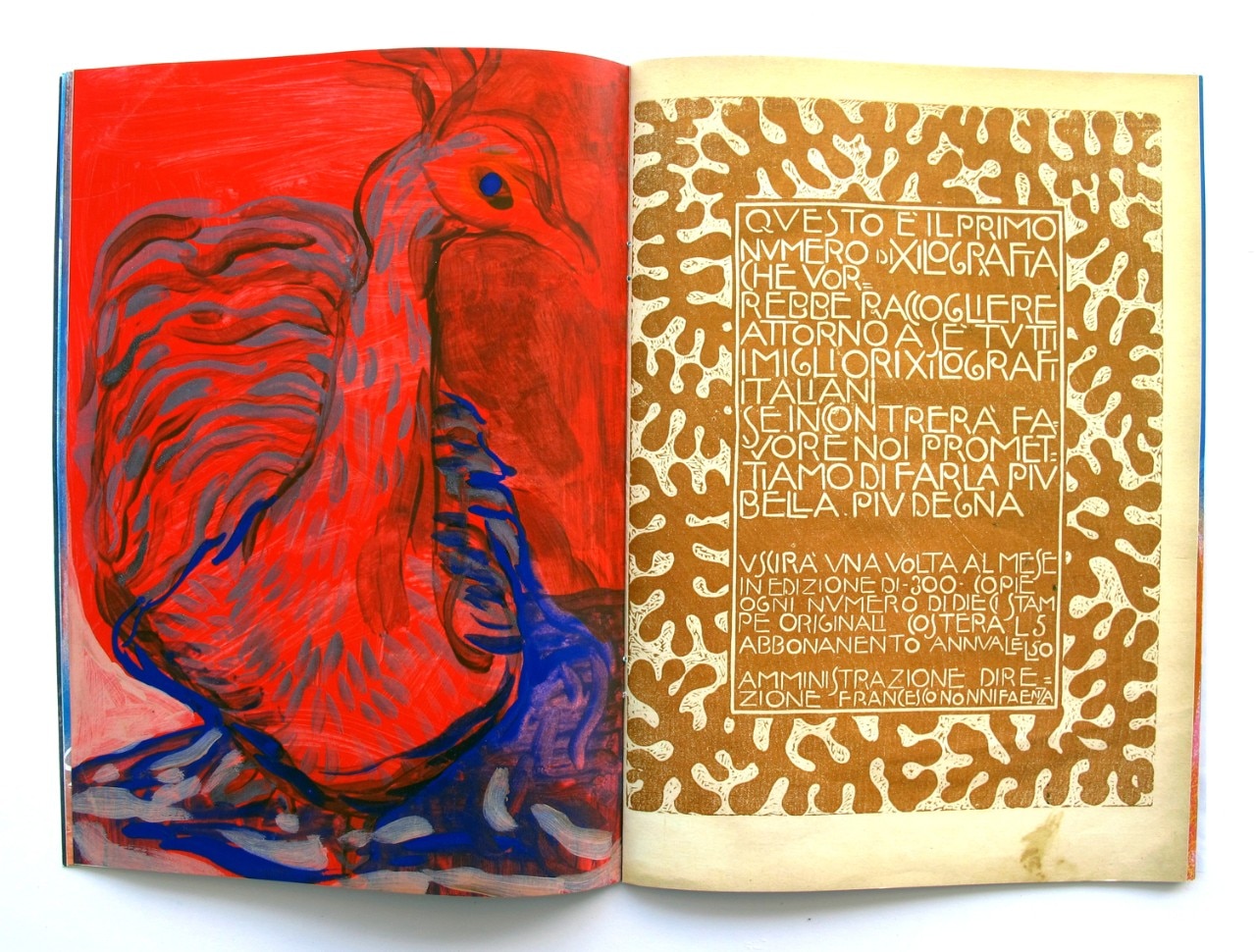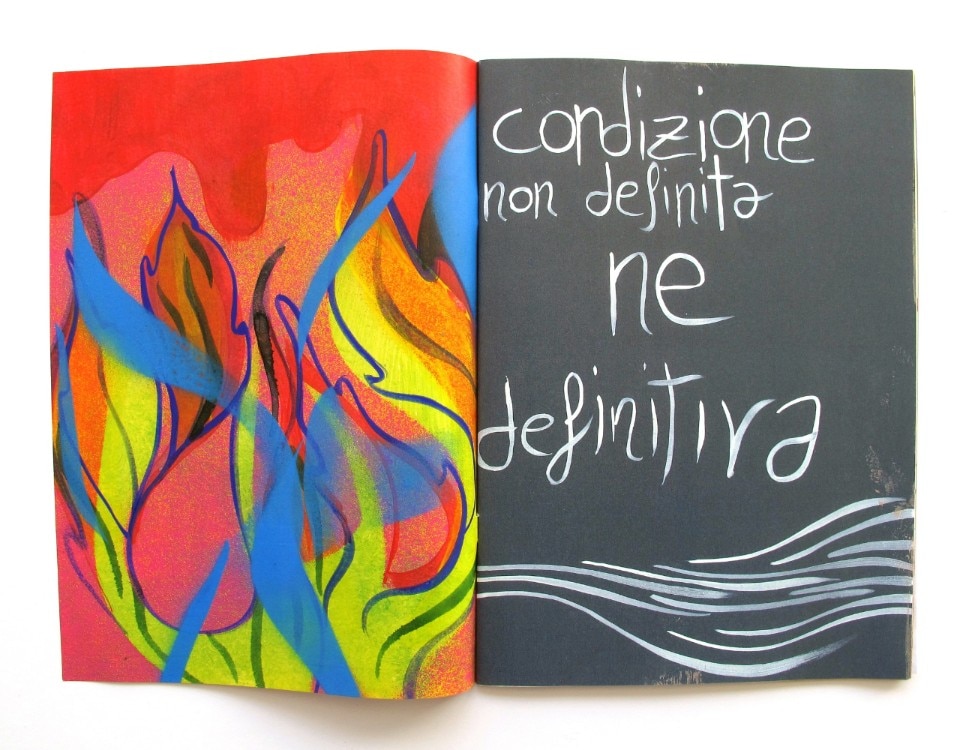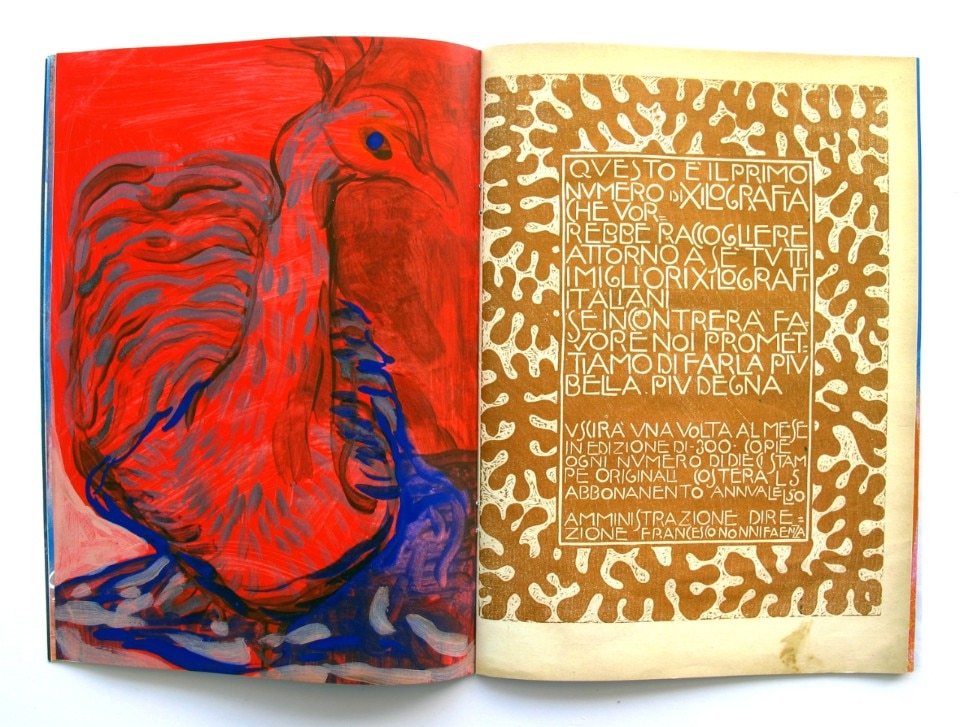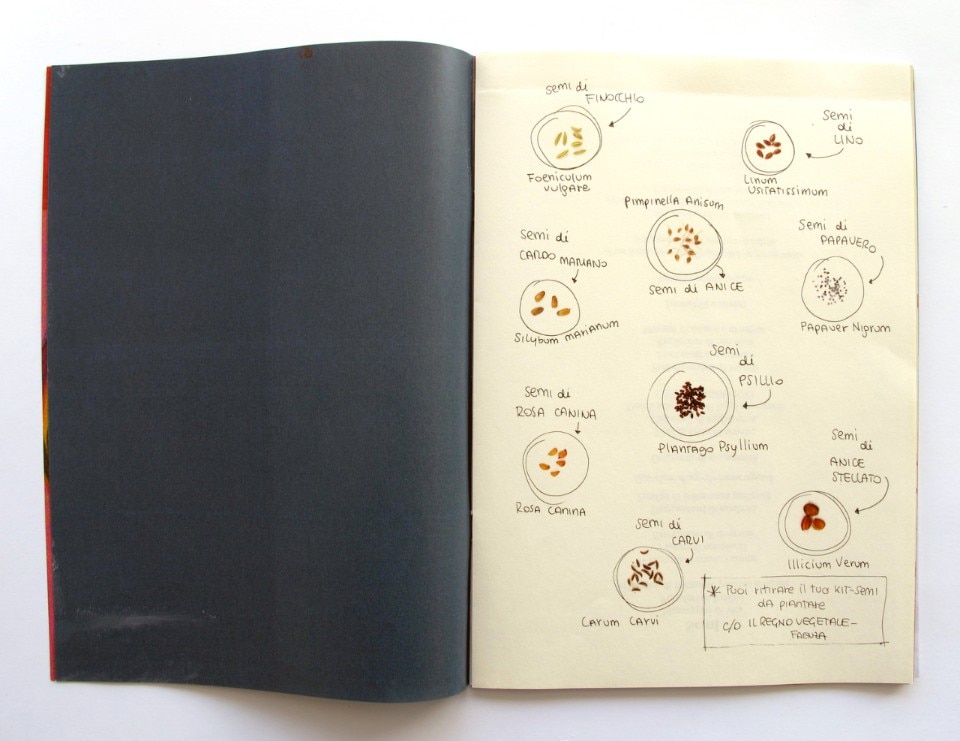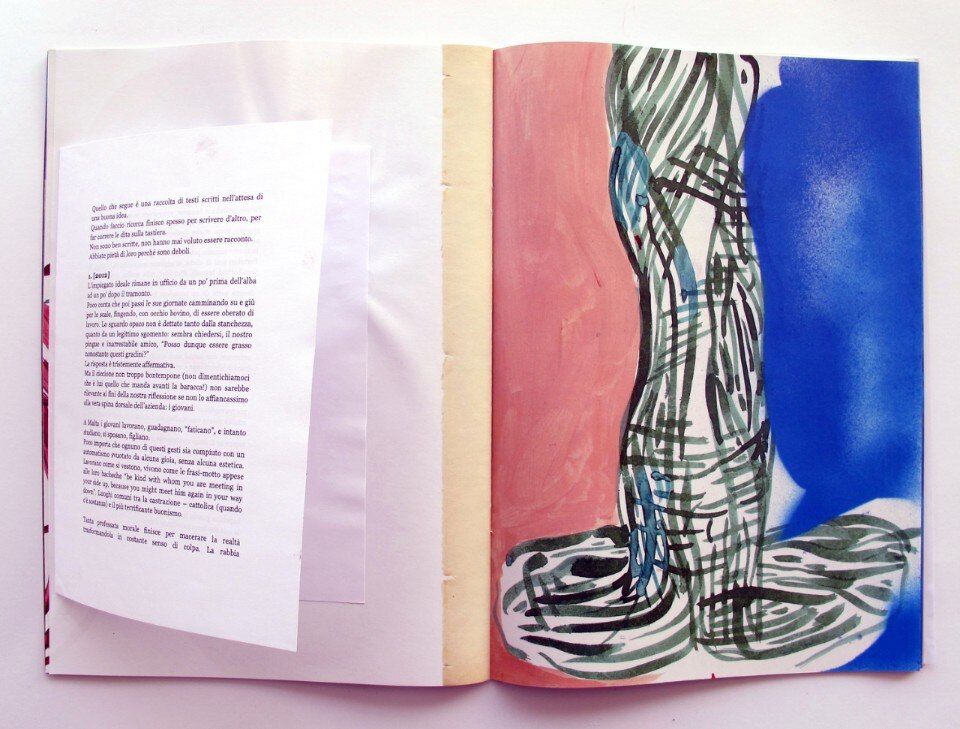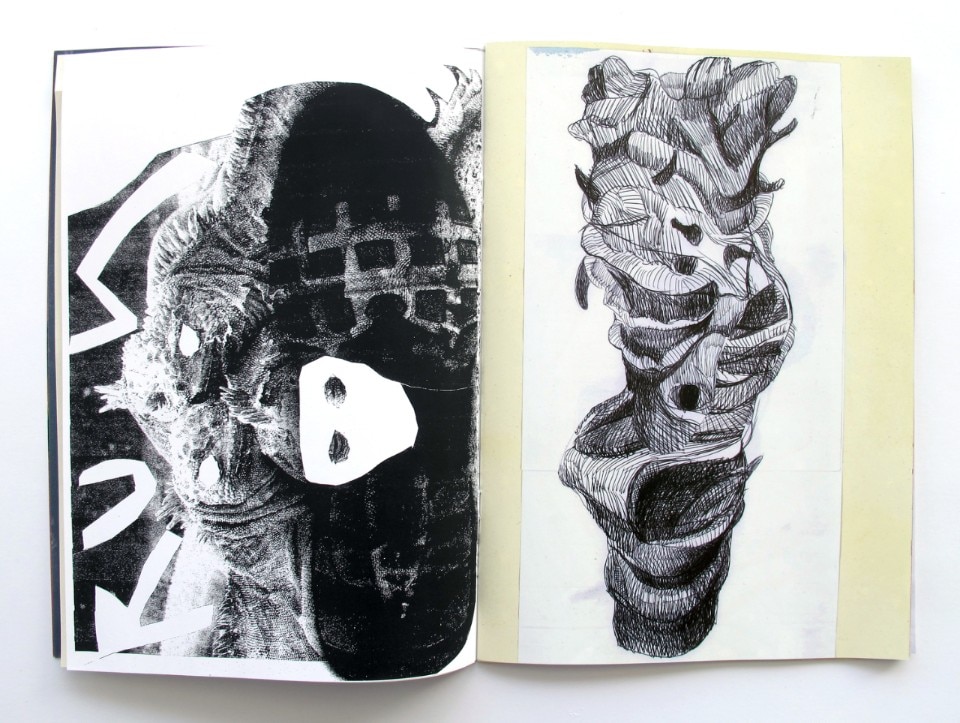The artistic project by Alessandro Roma (Milan, 1977) was born in November 2020 when, selected to exhibit at the Faenza Prize held every year at the MIC (Ceramic International Museum in Faenza, Italy), he was informed that the exhibition would take place only on virtual channels, due to the restrictions caused by the pandemic that forced museums to remain closed. The artist refused to let the results of his work flow into another online event and decided to look for an alternative solution to the situation of general immobility. That refusal became, in short, the starting point for a new artistic path.
Deeply receptive, Sala di Attesa is voracious in welcoming voices eager to open a way towards a present to be reconstructed
The two big sculptures by Alessandro Roma were then set up in an exhibition space outside traditional channels, that is to say at the Clandestino in Faenza (a national reference point for alternative music and film club since the 80s), which during the whole period remained open for take-away food thanks to its restaurant. Parallel to this operation, Sala di Attesa (“Waiting room”) was created, a plural and heterogeneous fanzine that brings together the strong need that artists have to share and create together, even at a time when every close relationship and every opportunity for comparison are prevented by circumstances.
.jpg.foto.rmedium.jpg)
“Sala di Attesa was born as a reaction to the deafness of some cultural institutions, and in its finding another physical space of action it became a place of resistance against passive waiting,” the artist tells Domus. “Deeply receptive, Sala di Attesa is voracious in welcoming voices eager to open a way towards a present to be reconstructed.” With this action, Alessandro Roma thus takes a clear position towards the functioning of the art system in this particular historical moment, reiterating the primary necessity at the basis of an artistic work, that of being born and living within a network of relationships.
The community that has formed around Sala di Attesa has participated in the creation of the fanzine through contents that speak different languages: from the written word, such as the thoughts of the curator Irene Biolchini elaborated in an airplane during her travels between Italy and Malta, or the therapist Irene Dal Pozzo, who wrote the poem La mia mano blu (“My blue hand”), an invitation to focus on breath to instill “courage to the damp roots” of each of us. And speaking of the vegetable world, the herbalist Alice Martini has written the semenzaio (‘seedbad’), a poetic list of the intrinsic properties of each seed, considered “masters of synthesis and waiting”.
Even different is the proposal of the dancer Paola Ponti, with her ‘training’ on perception, which teaches us to collect and welcome every sensation that our body produces. Then there are the visual artists, such as Marco Cerone, who created a series of prints – crocodile mouths and shoe soles – that ‘bite’ into reality, while the photographer Luca Nostri has immortalized the hills of Romagna (Italy) as “lyrical portraits”. Andrea Salvatori has handmade 50 watercolors depicting a still life with potatoes. Finally, the theme of waiting returns in the drawings of Alessandro Roma, creator of the initiative, who reflects on this currently pervasive condition through drawings and writings.
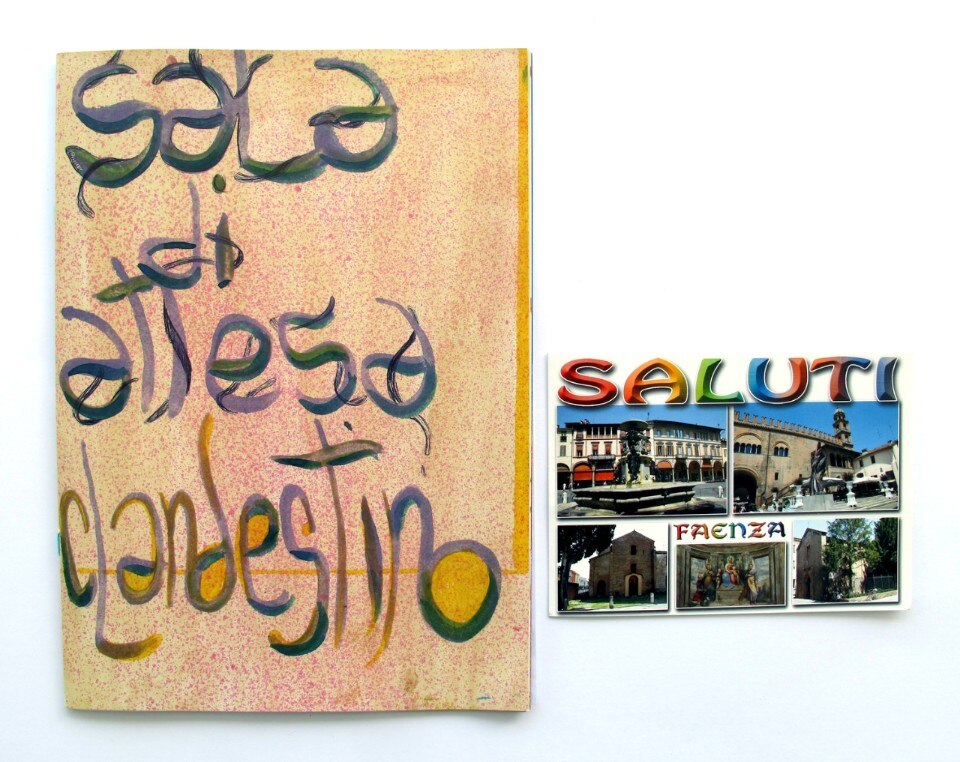
Copies of this colorful and polyphonic compendium are available at Clandestino. Sala di Attesa, as the authors underline, does not want to be one of the many “artistic projects” in circulation, but the incipit for a new idea of community. A goal that seems utopian at the moment, and as such reinforces the meaning of “cultural resistance” on which the entire project is based.


